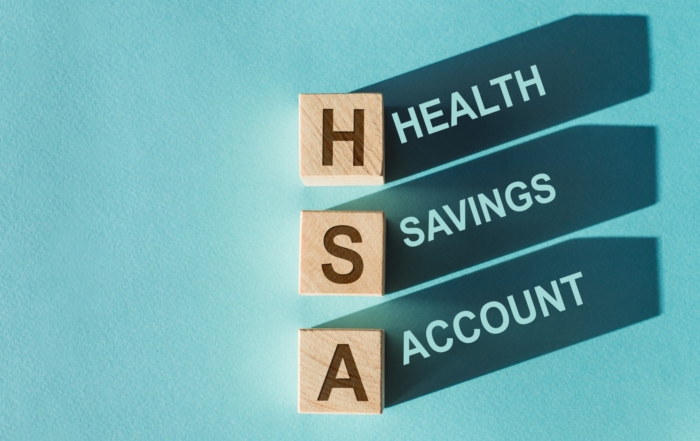Accidents happen. This is an undeniable fact of life—and especially true in the workplace. In fact, nearly five million workers every year experience an occupational injury or illness while on the job. So, as an employer, it’s vital to understand OSHA reporting requirements and compliancy protocol to help protect your business should an incident arise.
How to Conduct OSHA Reporting Requirements
To avoid OSHA penalties for disregarding any OSHA rules and regulations, an employer should become familiar with the following OSHA reporting requirements:
- The OSHA regulation states that within (8) hours after the death of any employee from a work-related incident or the in-patient hospitalization of three or more employees as a result of a work-related incident, you must orally report the fatality/multiple hospitalization by telephone or in person to the Area Office of the Occupational Safety and Health Administration (OSHA), U.S. Department of Labor, that is nearest to the site of the incident.You may also use the OSHA toll-free central telephone number, 1-800-321-OSHA (1-800-321-6742). If you do not directly connect a person from the Area Office you must contact the 800 number.
- In addition to reporting accidents that meet the above parameters, OSHA conducts compliance surveys under the following circumstances:
- Complaint: Anyone has the right to contact OSHA and file a complaint. This could include an employee or anyone from the general public. The scope of the inspection will be limited to the items identified in the complaint.
- Targeted Survey: This is a general inspection with all areas of the facility open for inspection. This is usually prompted after OSHA has identified an increase in accidents for a specific industry based on Bureau of Labor Statistics reporting.
- General Inspection: A type of inspection based on a random selection process.
In addition to properly reporting accidents to OSHA or understanding when a visit from a local OSHA official may arise, it is also crucial that employers know how to avoid any additional reporting citations. These efforts will help reduce additional penalties that could be imposed.
How to Avoid Additional OSHA Violations and Citations
Several steps that can be taken to reduce the exposure to citations that a company may receive include:
- Train a company representative on the safety policies of the company and the steps he/she will take during the inspection.
- Verify the OSHA inspector's credentials. When someone comes to a place of business to conduct an OSHA inspection, ask for credentials to verify the person's name and title, business address and phone number, and legitimate OSHA identification. Call the local OSHA office to verify that the inspector works for the agency.
- Accompany the inspector. Once it's verified that the inspector is legitimate, more than one company representative should meet with the inspector to ask the compliance officer what is the reason for the visit before answering any questions or accompanying the inspector through the company. Managers or executives of the company should meet the inspector, along with a human resources representative or regulatory manager.
- The inspector should not be left to wander through the company alone; at least one manager should stay with the OSHA inspector at all times.
- Document the inspection process. Keep in mind that the inspector will document everything, and managers and company representatives accompanying the inspector should document as much as possible also. Do the same things the inspector does, such as taking photos and measurements of violations. If the reason for the visit is serious, confusing or concerning, contact the company's legal counsel as soon as possible for advice. Do not immediately refuse the inspector or make demands. Cautiously cooperate with the inspector but take notes and call an attorney if necessary.
- Limit inspector's access to just the problem areas. Accompany the inspector to the area in question only, avoiding walking through multiple areas if possible, to avoid exposing the company to more visual observation than just the reason for the visit.
- Do not argue or agree with the inspector about any alleged violations. Do not volunteer any additional information other than what the inspector asks about.
- If immediate corrective action to eliminate the hazard can be taken, then take it. This shows the company is interested in protecting their employees and may reduce fines associated with violations.
- The OSHA inspector will complete the inspection with a closing conference, which will be followed by official correspondence that may include a citation and penalty. These should be reviewed with legal counsel and safety professionals to determine if the company should comply or fight or appeal the findings
- Stay organized with documentation, legal counsel, and deadlines for compliance. OSHA inspections are serious processes that require compliance and can result in substantial penalties and consequences. They must be managed carefully and responsibly.
At NARFA, it is our goal as a benefits administration services company to help our members avoid and comply with OSHA reporting requirements. To learn more about how NARFA can help your business, contact us at any time you have questions about OSHA reporting requirements, or call the NARFA Loss Control department for assistance at: (774) 336-1836.
Our blog is also filled with valuable educational resources, as is our AICC worker’s compensation coverage program. And don’t forget to stay connected with our Health & Wellness Safety Tips—we’re always adding more tips to help you and your employees create workplace safety.
Recent Posts
IRS Guidance on Nutrition, Wellness, and General Health Expenses
The Internal Revenue Service (IRS) has recently highlighted that costs associated with nutrition, wellness, and general health do not typically qualify as reimbursable medical expenses [...]
HSAs Today and Every Day: A Triple Threat Against Rising Healthcare Costs
The healthcare landscape is constantly evolving, and in 2024, rising costs remain a top concern for both employers and employees. Fortunately, Health Savings Accounts (HSAs) [...]
April Showers Don’t Cause Accidents (Distracted Driving Does): Stay Safe on the Road This Month (and Every Month)
Spring is here, and with it comes April's designation as Distracted Driving Awareness Month. While the changing seasons and blooming flowers might tempt you to [...]




